
The 1960s introduced a wave of outfits that turned heads, though not always for the right reasons. Many designs embraced a futuristic vision that felt more experimental than wearable. Others blurred the line between artistic statement and practicality. These clothing choices captured the restless energy of the decade. Here are ten outfits that defined the era’s boldest—and strangest—fashion moments.
Space-Age Plastic Dresses

Plastic dresses once symbolized an era obsessed with progress and space exploration. These outfits, often transparent or metallic, showcased a futuristic aesthetic that prioritized visuals over comfort. However, they were so stiff that wearers frequently struggled to sit comfortably. As a result, the novelty soon faded, with consumers gravitating toward better materials.
Go-Go Boots
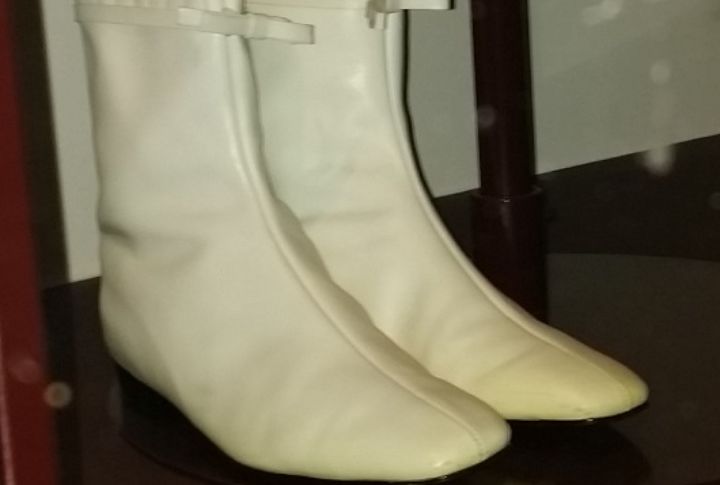
Vinyl boots quickly became a defining piece of mod culture, especially among young women. This trend originated with Andre Courreges, whose sleek white designs emphasized futuristic simplicity. Subsequently, film and television further popularized the boots, which cemented them as cultural icons of the decade.
Paper Dresses

Why did companies make paper dresses even though fabric was easy to find? In the 1960s, there was a growing obsession with convenience and disposable items. Paper clothing fit that moment. Although not practical, it became a short-lived trend thanks to bold prints and the novelty of throwaway fashion.
Jumpsuits For Men
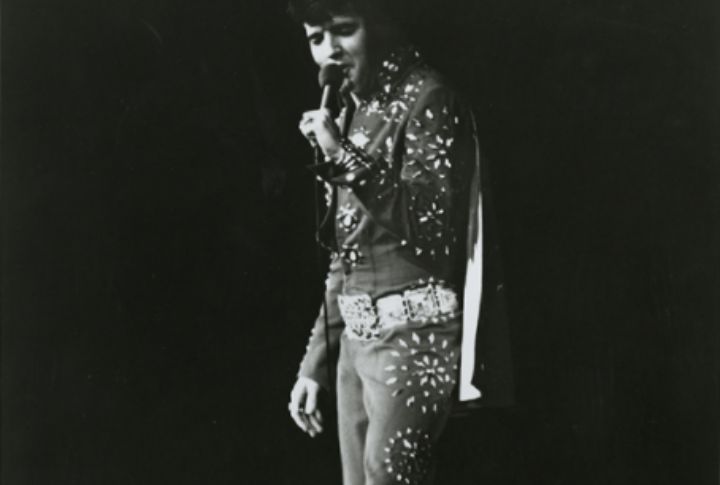
Fashion-forward men embraced jumpsuits during the 1960s, inspired by celebrity influence and the appeal of convenience. A big part of what started this style was Elvis Presley, who famously wore sequined jumpsuits that became his signature look. However, as conservative outfits regained popularity, jumpsuits gradually lost prominence outside entertainment circles.
Mesh Tops With Nothing Underneath
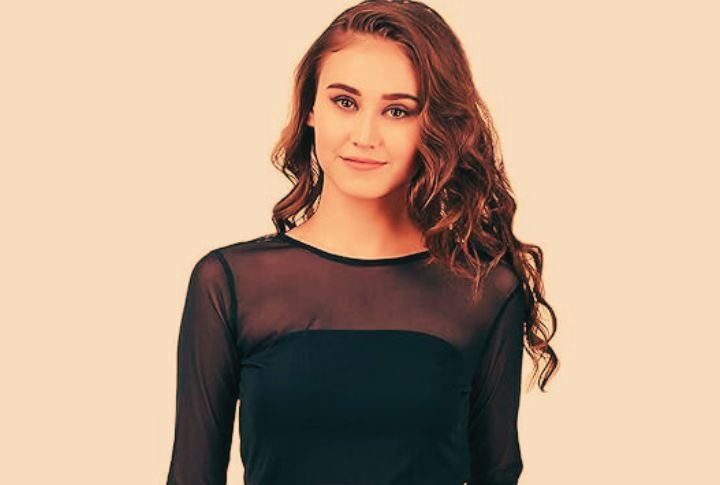
Sheer mesh tops made a provocative entrance during the late 1960s, especially in youth fashion scenes and avant-garde runway collections. Many designs were worn without any layering, challenging social norms around modesty. These tops pushed boundaries visually but offered little practicality or everyday wearability.
Vinyl Raincoats In Neon Colors

Designers experimented with glossy vinyl materials to create waterproof coats in electric shades of pink, green, and yellow. In some cases, these coats were so transparent that they barely concealed the clothing underneath. Unfortunately, their durability was questionable; vinyl tended to stiffen in cold weather and crack over time.
Wildly Oversized Bowler Hats
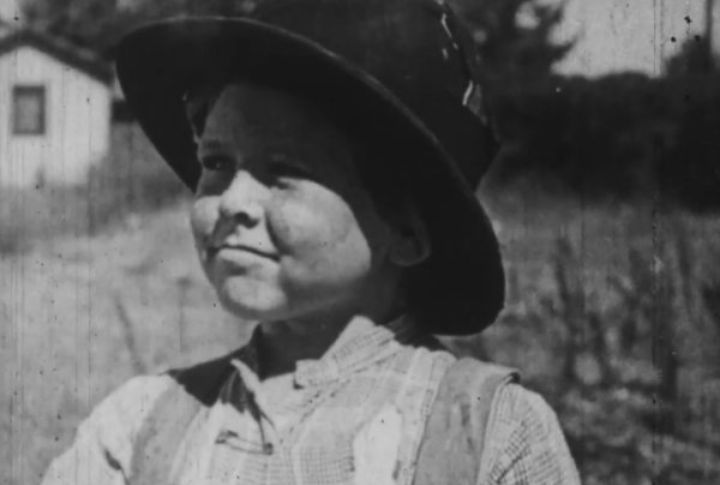
In the 1960s, designers experimented with oversized versions mainly for avant-garde fashion editorials and runway shows to create bold, eye-catching looks. The classic bowler hat, originally designed by Thomas and William Bowler, was reimagined with exaggerated proportions for dramatic effect.
Bell-Bottoms In Extreme Flare
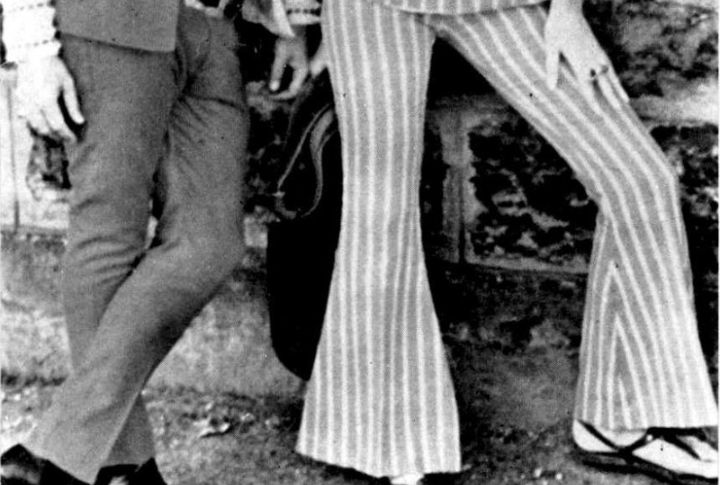
Flared pants became a defining symbol of 1960s counterculture, which evolved into extreme bell-bottoms. Some designs featured hems so wide they covered entire shoes. Fabric choices ranged from denim to velvet, with embroidered details adding extra flair.
Fishnet Stockings For Everyday Wear
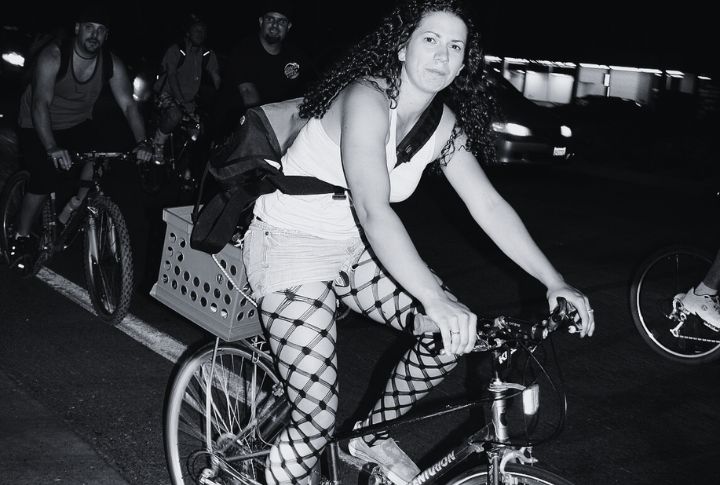
Fishnet designs transitioned from nightclub attire to everyday fashion, worn under miniskirts and layered over colored tights. The trend reflected the era’s embrace of bold and unconventional styling choices. Retailers introduced variations in neon shades to cater to younger consumers.
The Unwearable “Bubble Helmets”
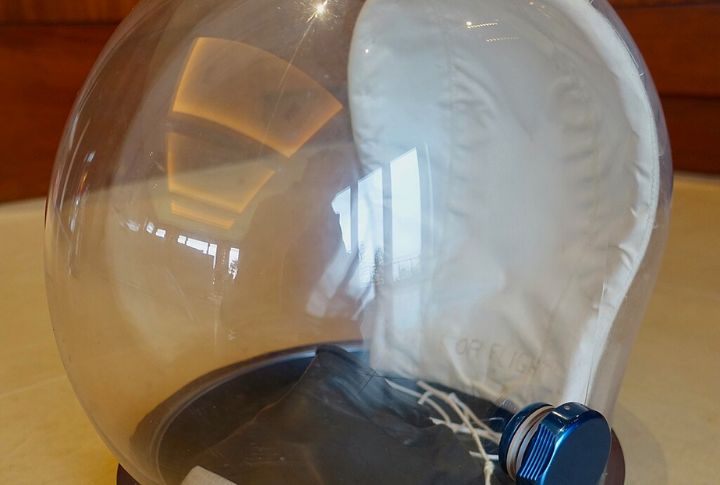
Emilio Pucci introduced bubble helmet designs for airline stewardesses, claiming they protected hairstyles from wind exposure. However, wearers quickly found the helmets impractical, as they limited hearing and airflow. Some versions even covered the entire head, resembling astronaut gear but delivering no real functional benefits.

